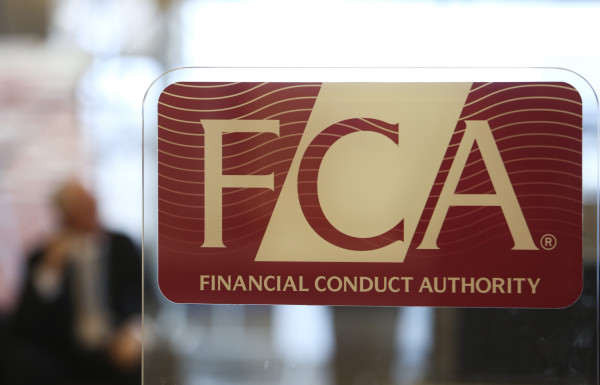Both the wealth manager and the financial planner need to ensure that the reasoning behind the investment strategy is accurately documented in the client’s file to demonstrate the client is invested in a suitable mix of assets.
The FCA has said that it expects firms to ensure that the customer information that has been gathered, and recorded, matches the underlying investment portfolio and that the firm is in a position to demonstrate this.
Key Actions:
- Ensure that risk questionnaires are fit for purpose.
- Carry out a through fact find, including ‘soft facts’.
- Ensure that discussion with the client and the reasoning for a client’s risk profile is thoroughly documented.
Creating and managing a portfolio
Once a thorough risk-profiling process has taken place and a risk profile has been assigned to a client, it is the job of the wealth manager to design a portfolio around that risk profile.
By thoroughly researching various products, funds and managers, the wealth manager creates a suitable portfolio for the client, with complementary and diversified assets.
What has been a low-risk asset in the past may not be a low-risk asset in the future, but assumptions can be made to a certain extent based on historical averages over a long-term period. A volatility band, which is based on the long-term historical volatility and return of assets, can then be built into the portfolio.
A degree of variance is established around the long-term average of volatility and returns for the asset – for example, a band of +2 per cent or -2 per cent.
If the projected level of returns and volatility rises above or below this band, then the wealth manager is alerted to the fact that the client’s portfolio needs rebalancing. This ensures that the client remains within their risk profile without compromising their investment objectives.
It is important that the wealth manager remains in close contact with the financial planner to explain changes to asset allocation over the life of the portfolio. What was once a low risk asset may have to be changed due to overvaluation.
It is also good practice to establish an investment committee within the firm that meets on a quarterly basis, at least. Making these meetings part of the formalised, documented investment process helps to ensure that all wealth managers within the firm are adhering to established risk guidelines and risk controls around the volatility levels of the portfolios they manage.
Key actions:











